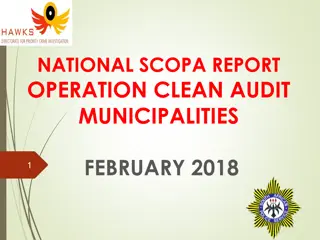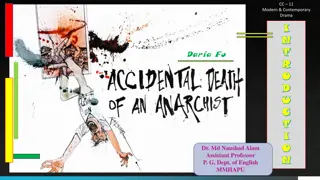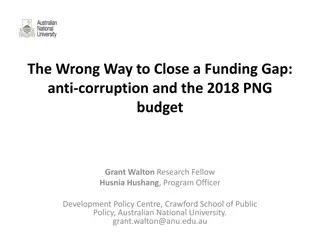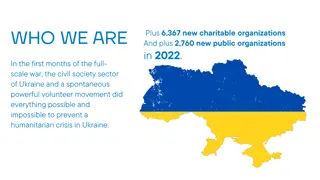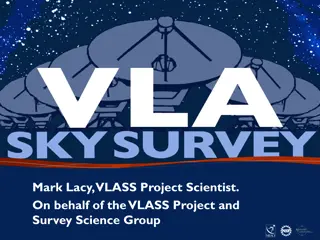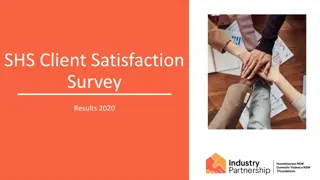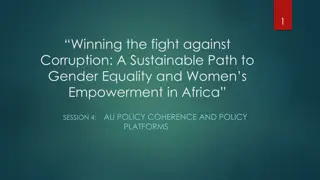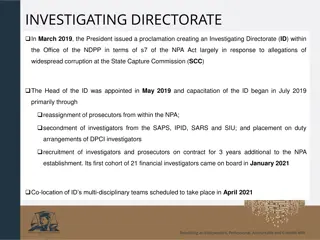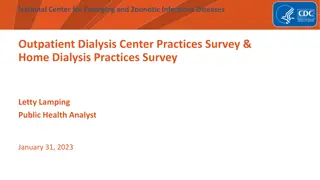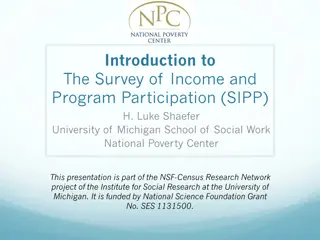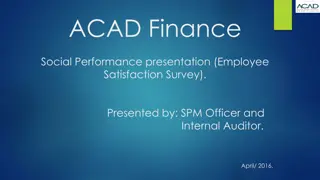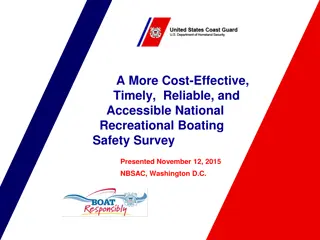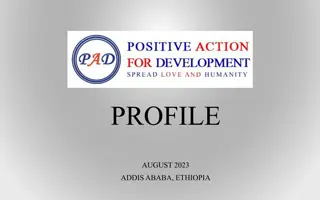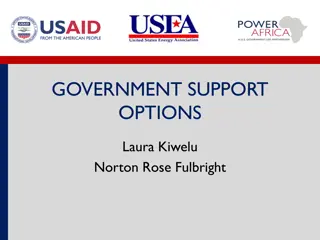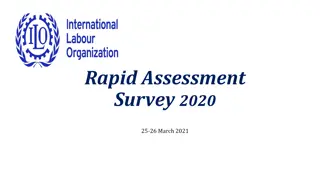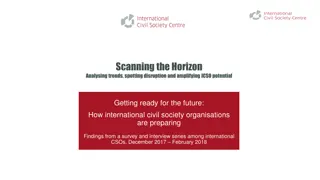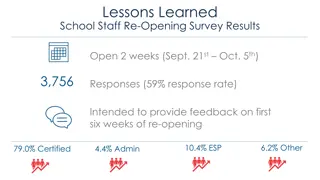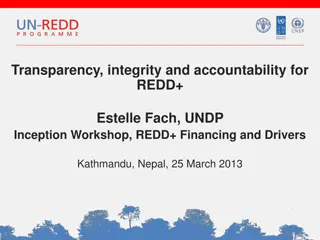Understanding Corruption Risks in Civil Society and Government: Survey Results Analysis
Survey results reveal that civil society rates corruption risks higher than the government, with specific trends and top identified risks highlighted. The analysis showcases variations in risk assessments among countries and regions, shedding light on the importance of discussing and addressing these concerns collectively.
Download Presentation

Please find below an Image/Link to download the presentation.
The content on the website is provided AS IS for your information and personal use only. It may not be sold, licensed, or shared on other websites without obtaining consent from the author. Download presentation by click this link. If you encounter any issues during the download, it is possible that the publisher has removed the file from their server.
E N D
Presentation Transcript
Survey Results and Introduction to Group-Work
Civil Society The Survey UN Agency Government 4 3.5 3 2.5 2 1.5 1 0.5 0 Ranking risk, from none (0) to extreme (5) 42 respondents from 66 requests
Trends Civil Society rated corruption risks on average 0.66 points higher than government (UN intermediate) But some exceptions: Collusion to favour certain types of activities: difference = 1.1 Bribery to falsify claimed emission reductions from areas: difference = 0.25
The Biggies! Top 5 overall: Fraud related to the distribution of benefits Undue influence to ignore breaches of REDD+ regulations Creation of fraudulent licenses, land titles or C rights Collusion to favour certain types of activities Corruption resulting in weak REDD+ safeguards
The Biggies! Government UN Civil Society Fraud related to the distribution of benefits Undue influence to ignore breaches of REDD+ regulations Creation of fraudulent licenses, land titles or C rights Collusion to favour certain types of activities Corruption resulting in weak REDD+ safeguards Bribery to register C rights over particular parcels of land Undue influence to exclude or include areas 10 1 4 5 2 2 7 3 1 6 3 2 8 4 3 5 9 1 8 10 4
Country Results No two countries had the exact same ranking of the top 4 risks No clear trends among sub-regional neighbours (e.g., Pacific, or S. Asia)
Country Trends No country ranked The laundering of money and other assets through the purchase and sale of carbon rights in the top 4 Six countries ranked Undue influence and bribery to ignore routine breaches of REDD+ regulations in the top 4 Five countries ranked Fraud related to the distribution of benefits from REDD+ revenues in the top 4
Group Discussions We have grouped countries according to: a) Similarity in risk profiles b) Geography c) Equality in numbers!
Group Discussions Group 1: Cambodia, Myanmar, Viet Nam Group 2: Bangladesh, Nepal, Sri Lanka Group 3: Mongolia, Papua New Guinea, Solomon Islands Group 4: Indonesia, Philippines
Mandate of Groups Do NOT debate risk rankings!!! Do Discuss the elements of a work programme to reduce the risk of the three types of corruption assigned to your group in terms of Actions; scheduling and responsibilities
Corruption Risk by Groups Group 1: Undue influence and bribery to ignore breaches of REDD+ regulations Bribery of public officials to register fraudulent carbon rights over particular parcels of land Corruption that results in weak REDD+ safeguards Group 2: Fraud related to the distribution of benefits from REDD+ revenues Powerful elites exert link carbon rights to State ownership of forests thus excluding customary tenure Undue influence and bribery to ignore breaches of REDD+ regulations
Corruption Risk by Groups Group 3: Artificially inflating the baseline in order to increase the emissions reductions Undue influence and bribery to ignore breaches of REDD+ regulations Fraud related to the distribution of benefits from REDD+ revenues Group 4: Fraud related to the distribution of benefits from REDD+ revenues Undue influence and bribery to create fraudulent licenses, land titles or carbon rights Undue influence to link carbon rights to State ownership of forests thus excluding customary tenure
1. Bribery of public officials to register fraudulent carbon rights over particular parcels of land Corruption that results in weak REDD+ safeguards Powerful elites exert link carbon rights to State ownership of forests thus excluding customary tenure Artificially inflating the baseline in order to increase the emissions reductions Undue influence and bribery to ignore breaches of REDD+ regulations Fraud related to the distribution of benefits from REDD+ revenues Undue influence and bribery to create fraudulent licenses, land titles or carbon rights Undue influence to link carbon rights to State ownership of forests thus excluding customary tenure 2. 3. 4. 5. 6. 7. 8.
Group 1 Group Reports Corruption risk Baseline (Actions already taken) Actions Actors
Group 1 Group Reports Corruption risk Baseline (Actions already taken) Actions Actors
Group 1 Group Reports Corruption risk Baseline (Actions already taken) Actions Actors


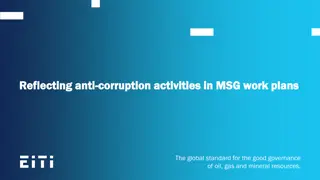


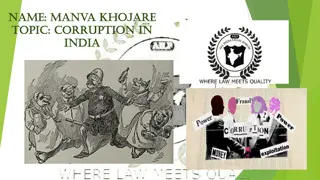
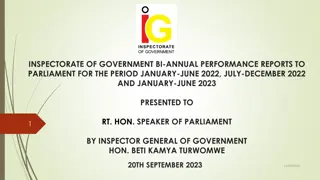
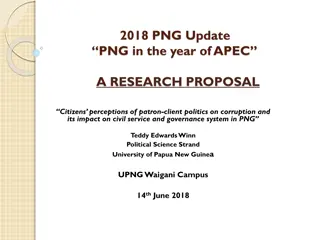



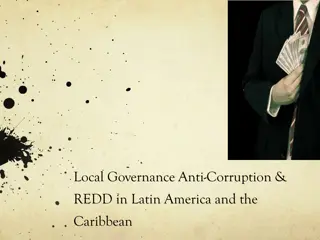
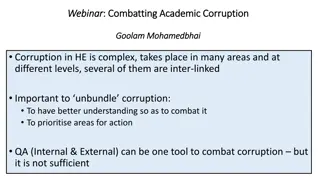
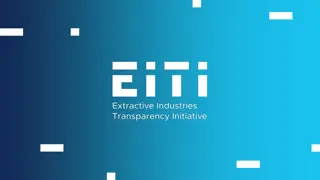
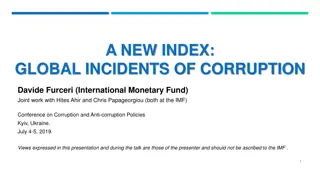
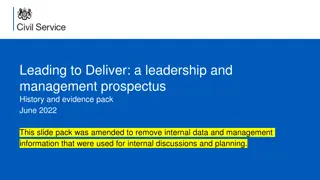
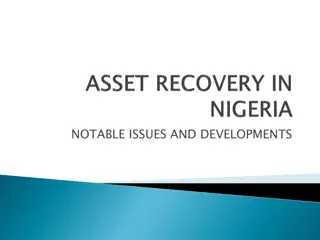
![Comprehensive Overview of Corruption Watch Submission on Public Procurement Bill [B18B-2023]](/thumb/138344/comprehensive-overview-of-corruption-watch-submission-on-public-procurement-bill-b18b-2023.jpg)

